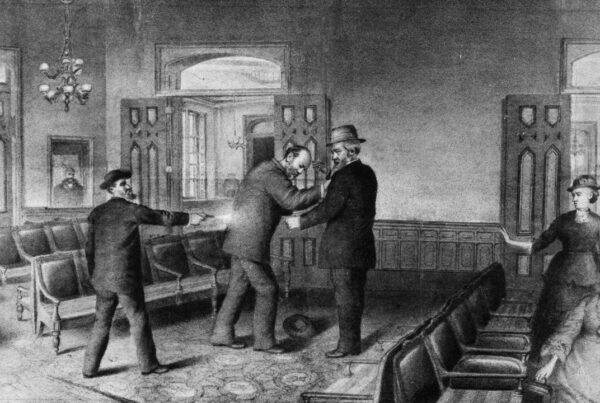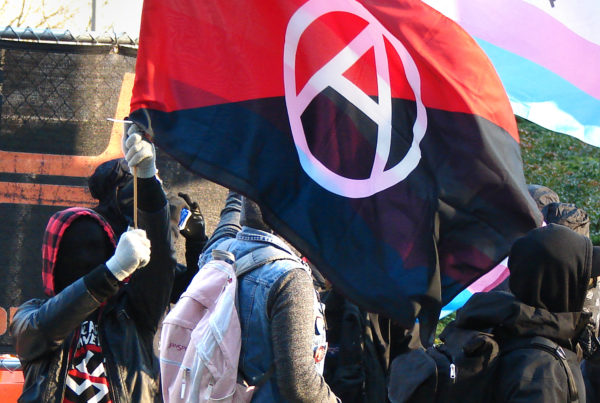Alternative Names:
Dev Sol; Dev Sol Armed Revolutionary Units; Dev Sol Silahli Devrimci Birlikleri; Dev Sol SDB; Devrimci Halk Kurtulus Partisi-Cephesi; Devrimci Sol; Revolutionary Left; DHKP/C
Location:
Turkey, primarily Istanbul, Ankara, Izmir, and Adana.
Leadership:
Many of The Revolutionary People’s Liberation Front (DHKP/C) senior figures fled abroad following Turkish police raids in 2004. Currently, Musa Asglu, Zerrin Sari and Seher Demir Sen are believed to be some of the senior leadership of the group.
Dursun Karatas is the founding leader and spent years in exile after escaping from an Istanbul prison in 1989. He died in 2008.
Musa Asoglu is a member of DHKP/C’s central committee, the group’s top decision-making body, and is believed to lead the group’s financial affairs and fundraising activities in Europe. He reportedly inherited leadership of the group after its founding leader, Dursun Karatas, died in 2008.
Zerrin Sari is the widow of DHKP/C founder Karatas and a member of DHKP/C’s central committee. Sari is believed to currently reside in Belgium, the Netherlands, or Germany.
Seher Demir Sen participated in Dev Sol in the 1980s and joined DHKP/C after it formed in 1994. She currently serves on DHKP/C’s central committee. Her current whereabouts are unconfirmed.
Membership:
In the beginning, the group relied heavily on recruiting high school and university student supporters. Analysts believe the main power-base is the urban poor communities.
The group is believed to have several dozen terrorist operatives inside Turkey, with a large and far reaching support network throughout Europe.
Funding Sources:
The DHKP/C finances its activities chiefly through donations and extortion.
Origins
This group originally formed in 1978 as Devrimci Sol, or Dev Sol, a faction of the Revolutionary Youth. It was renamed in 1994 to Revolutionary People’s Liberation Front/Party (Devrimci Halk Kurtulus Partisi-Cephesi, DHKP/C). “Party” refers to the group’s political activities, while “Front” is a reference to the group’s militant operations.
Since the late 1980s the group has targeted primarily current and retired Turkish security and military officials. In addition, it began a campaign against foreign interests in 1990, which included attacks against U.S. military and diplomatic personnel and facilities.
Major Attacks:
DHKP/C has been blamed for the killings of two retired generals, a former justice minister and two prominent businessmen.
The group assassinated two U.S. military contractors, wounded an Air Force officer, and bombed more than 20 U.S. and NATO military, commercial, and cultural facilities.
In 2000, the group spearheaded a long-running hunger strike in Turkish prisons over the introduction of high-security jails. More than 60 people died in the prison protest and another 30 inmates were killed when the army stormed prisons to end the campaign.
In January and September 2001, DHKP/C began to use suicide bombings as a tactic in successful attacks against Turkish police.
Since the end of 2001, DHKP/C has typically used improvised explosive devices against official Turkish targets and soft U.S. targets of opportunity
The DHKP/C claimed a grenade attack January 1, 2015 outside a palace that used to house the offices of President Recep Tayyip Erdogan. Those explosives failed to detonate.
DHKP/C claimed responsibility for a suicide bombing on January 6, 2015 in Istanbul that killed a police officer and wounded another.
Ideological Roots:
The group has a Marxist-Leninist ideology and is anti-U.S., anti-NATO, and anti-Turkish establishment.
Objectives:
The group’s goals are the establishment of a Marxist-Leninist state in Turkey. The removal of US, NATO and foreign footprints in Turkey. Lastly, the abolition of F-type prisons, which contain one- to three-man prison cells.
Tactics:
The group has focused on using assassinations, suicide bombings and IEDs in the pursuit of its objectives. Experts say that during the 2000s, the DHKP/C tried to gain prominence by imitating the tactics of Al Qaida.
Updated on January 21, 2016.







